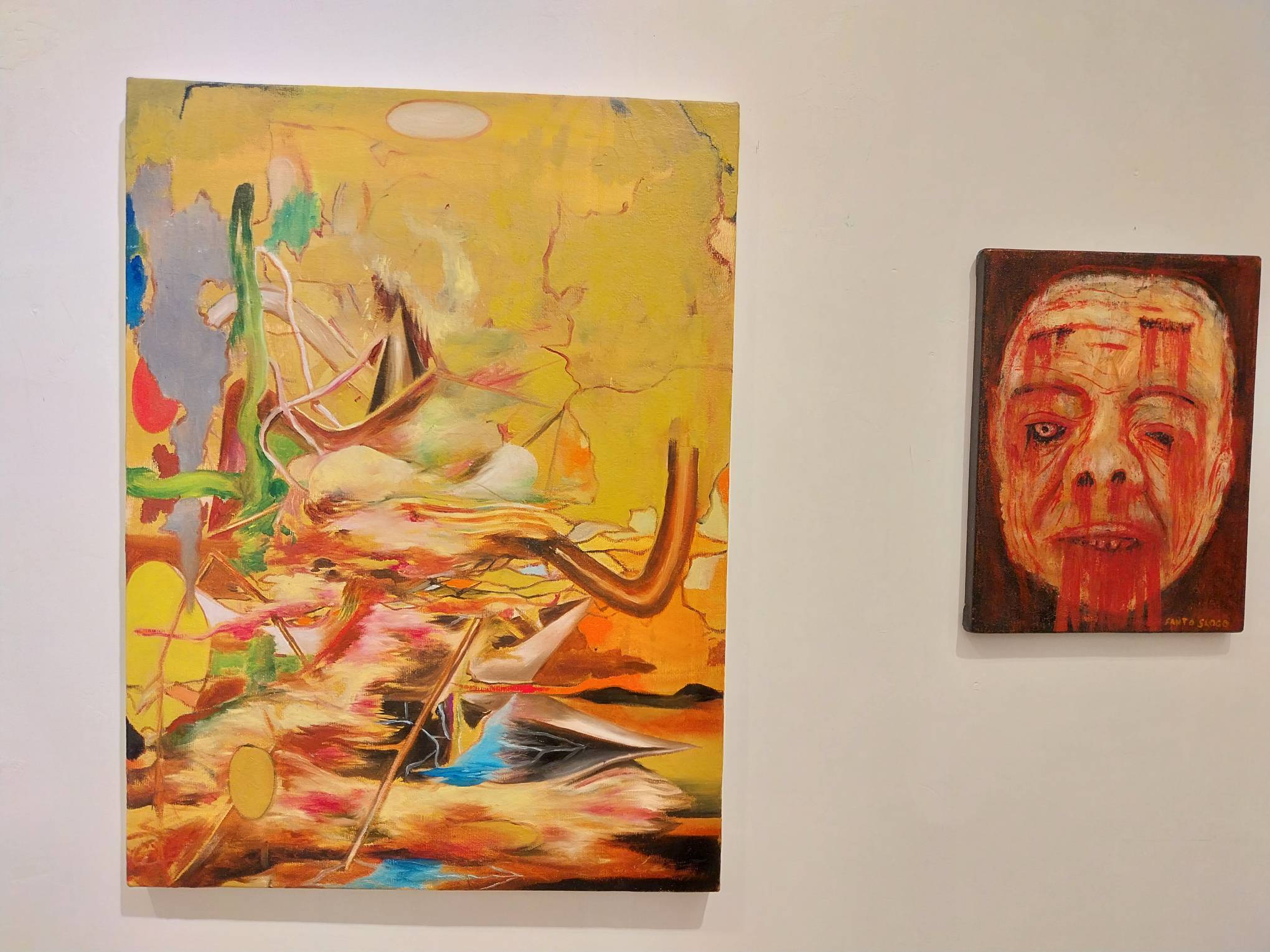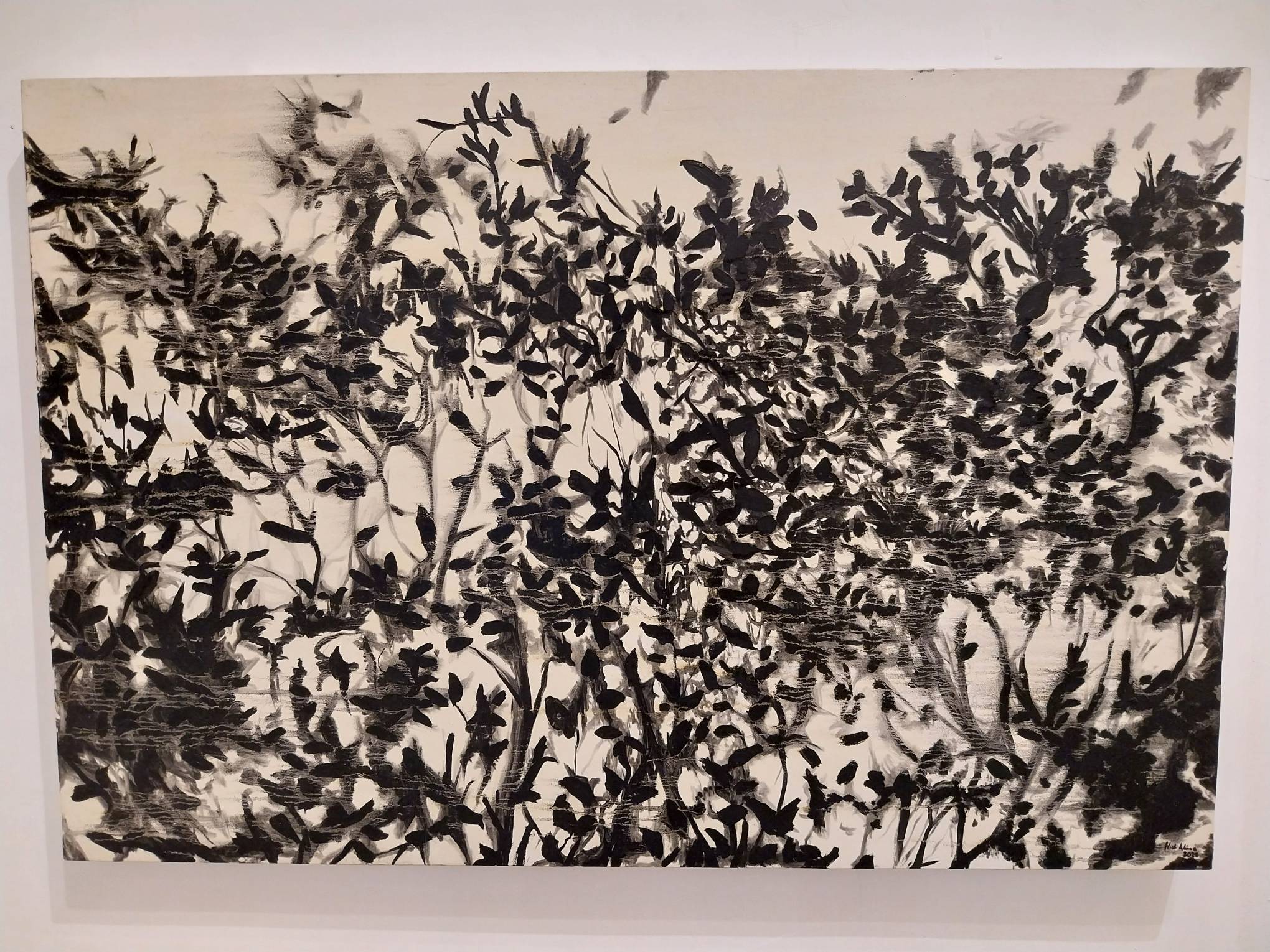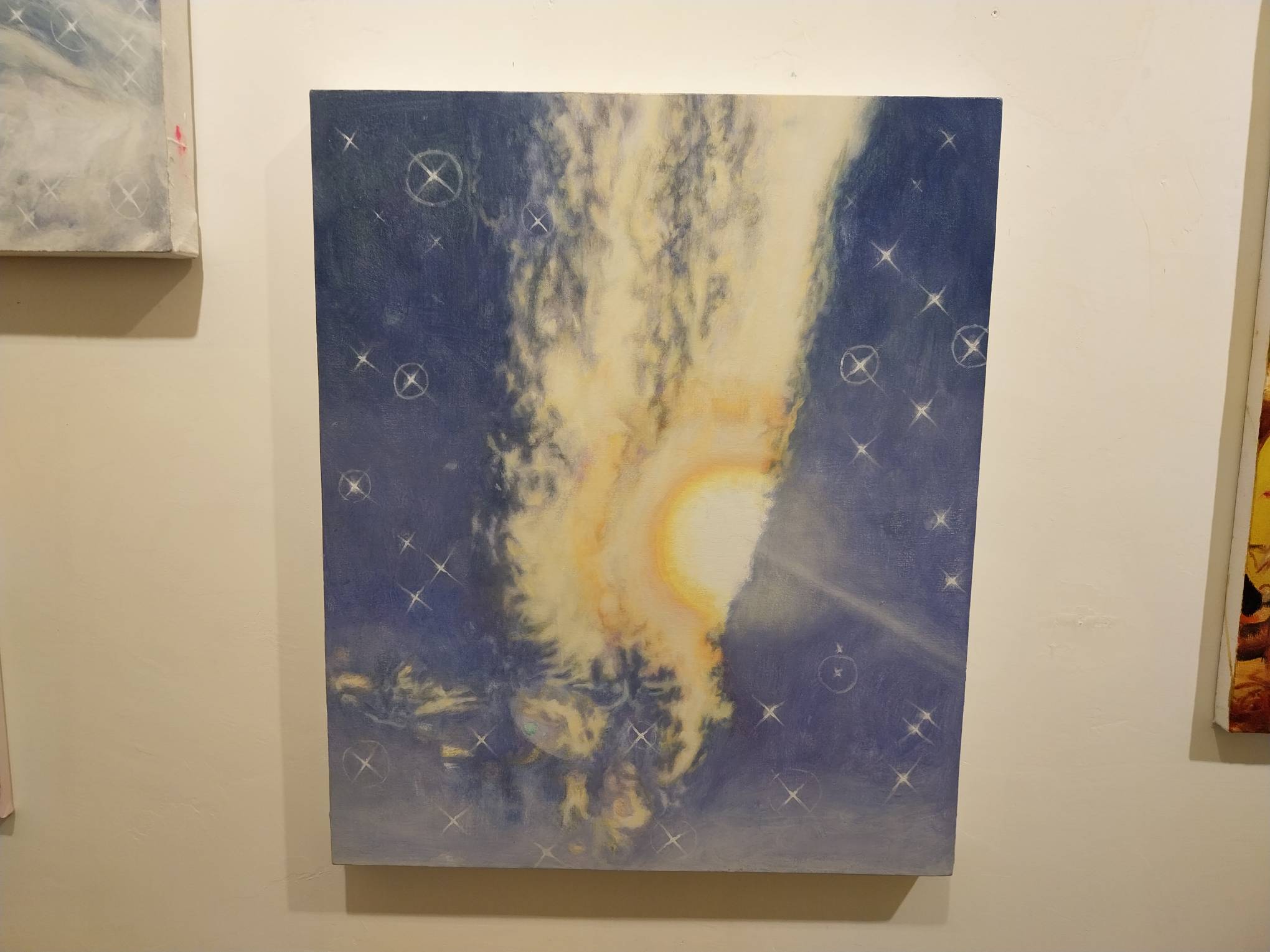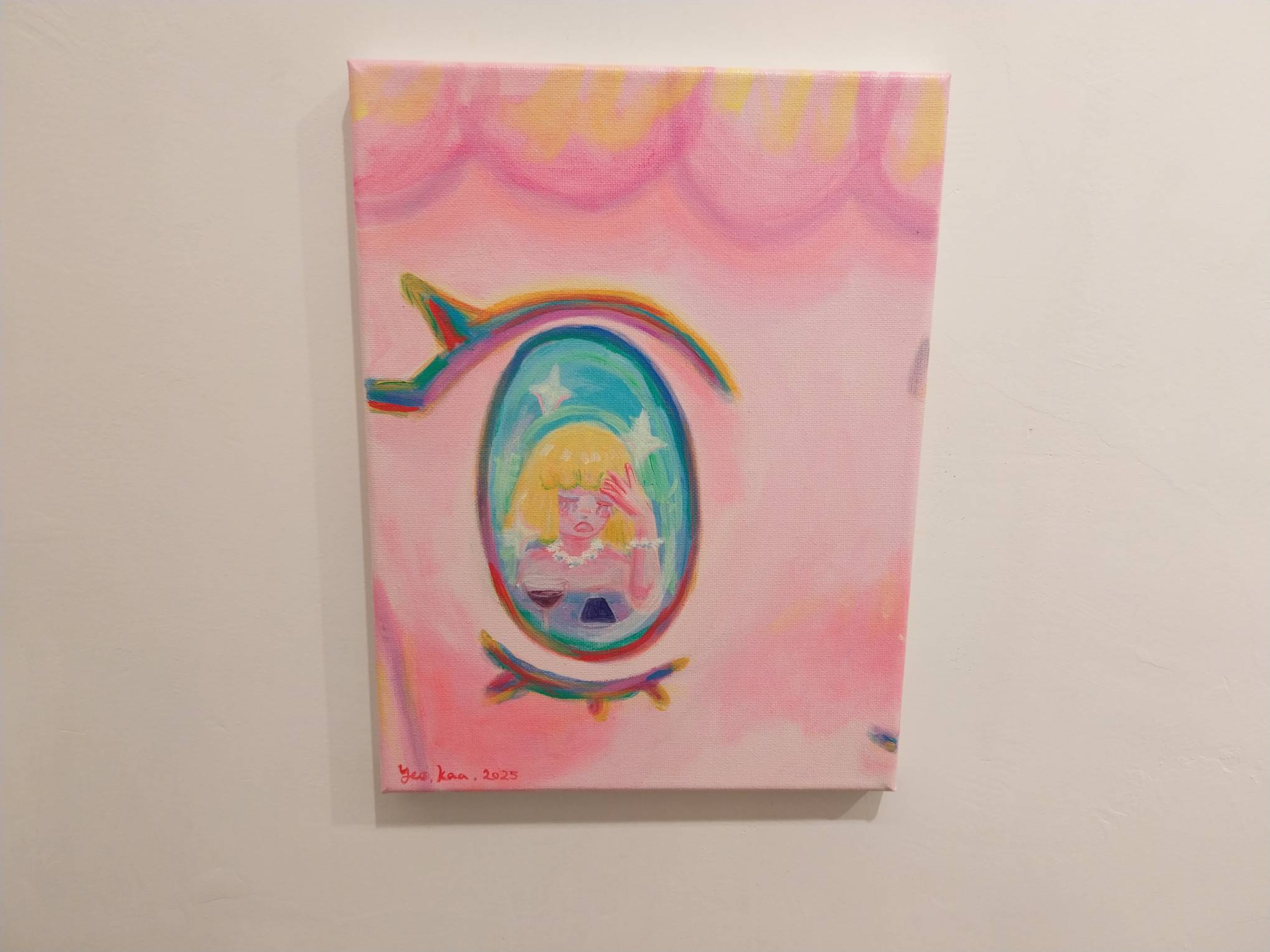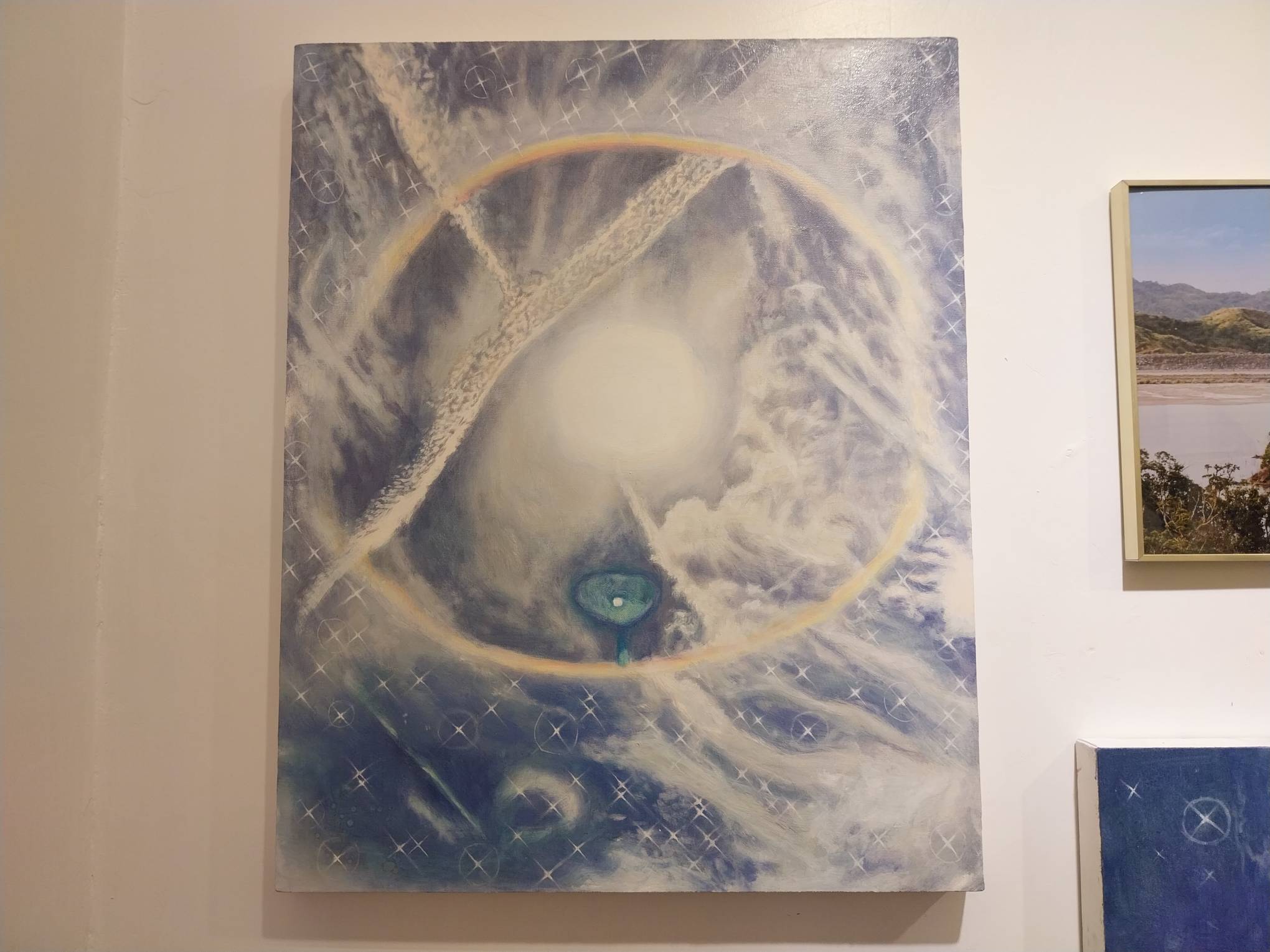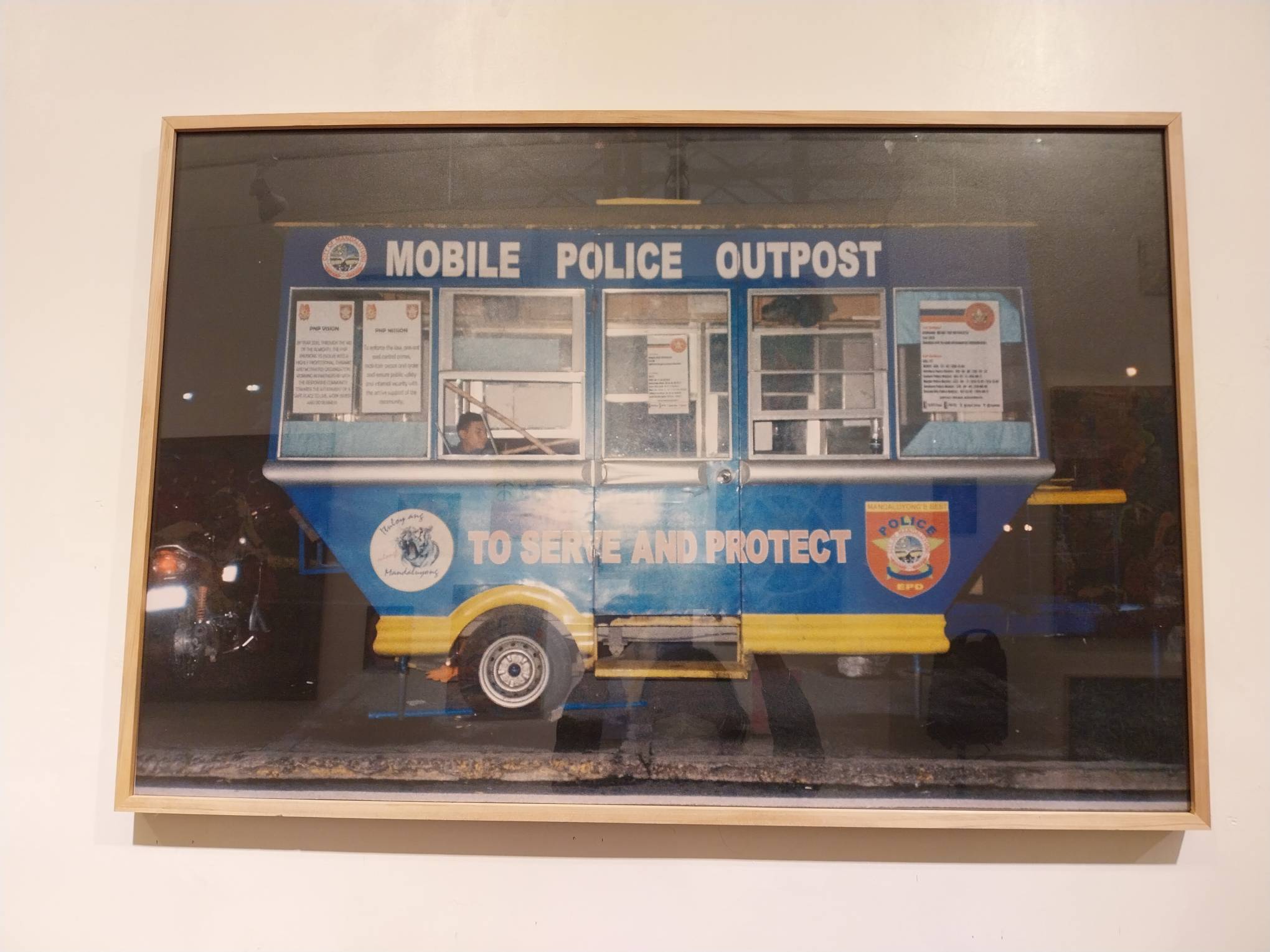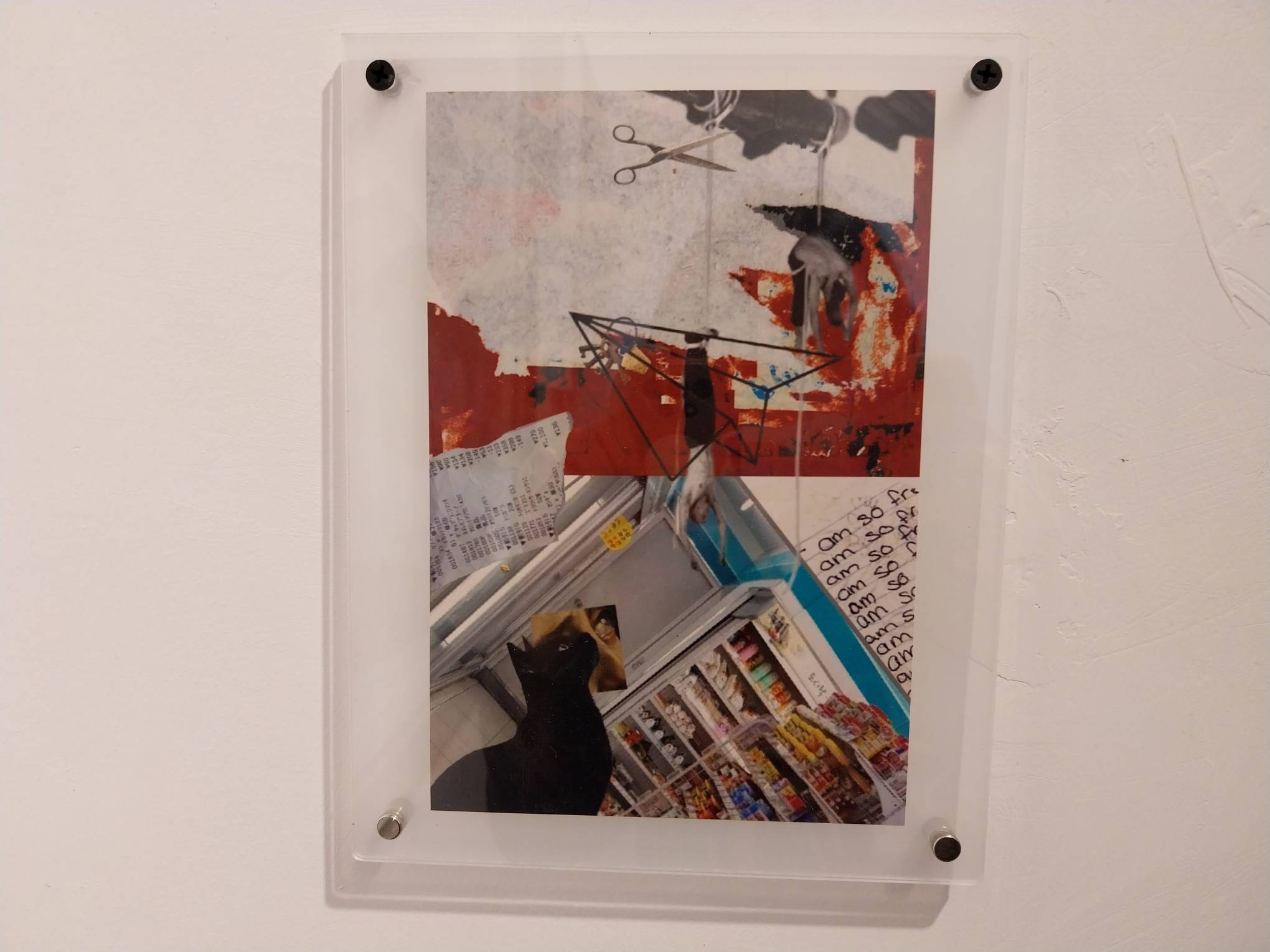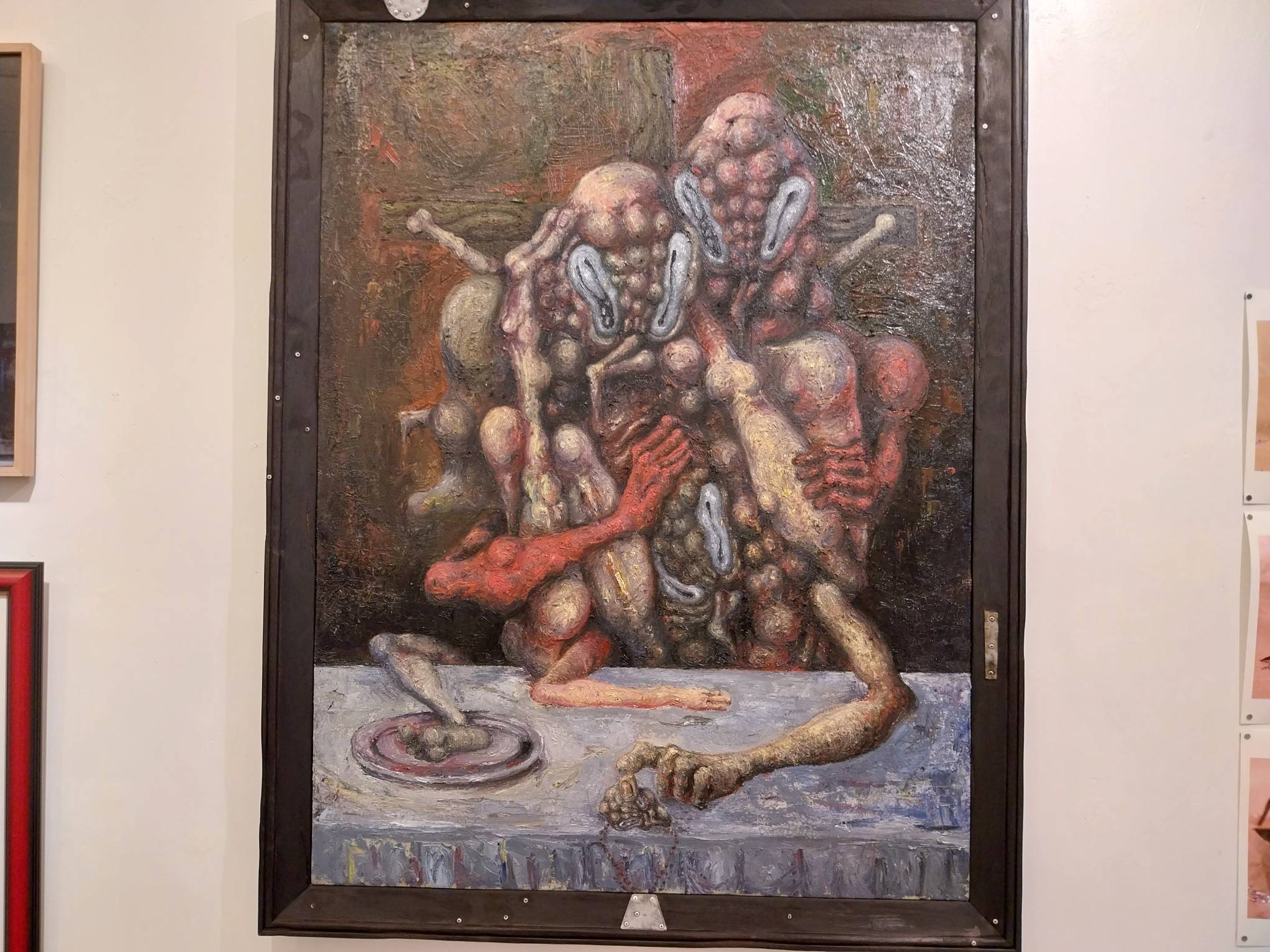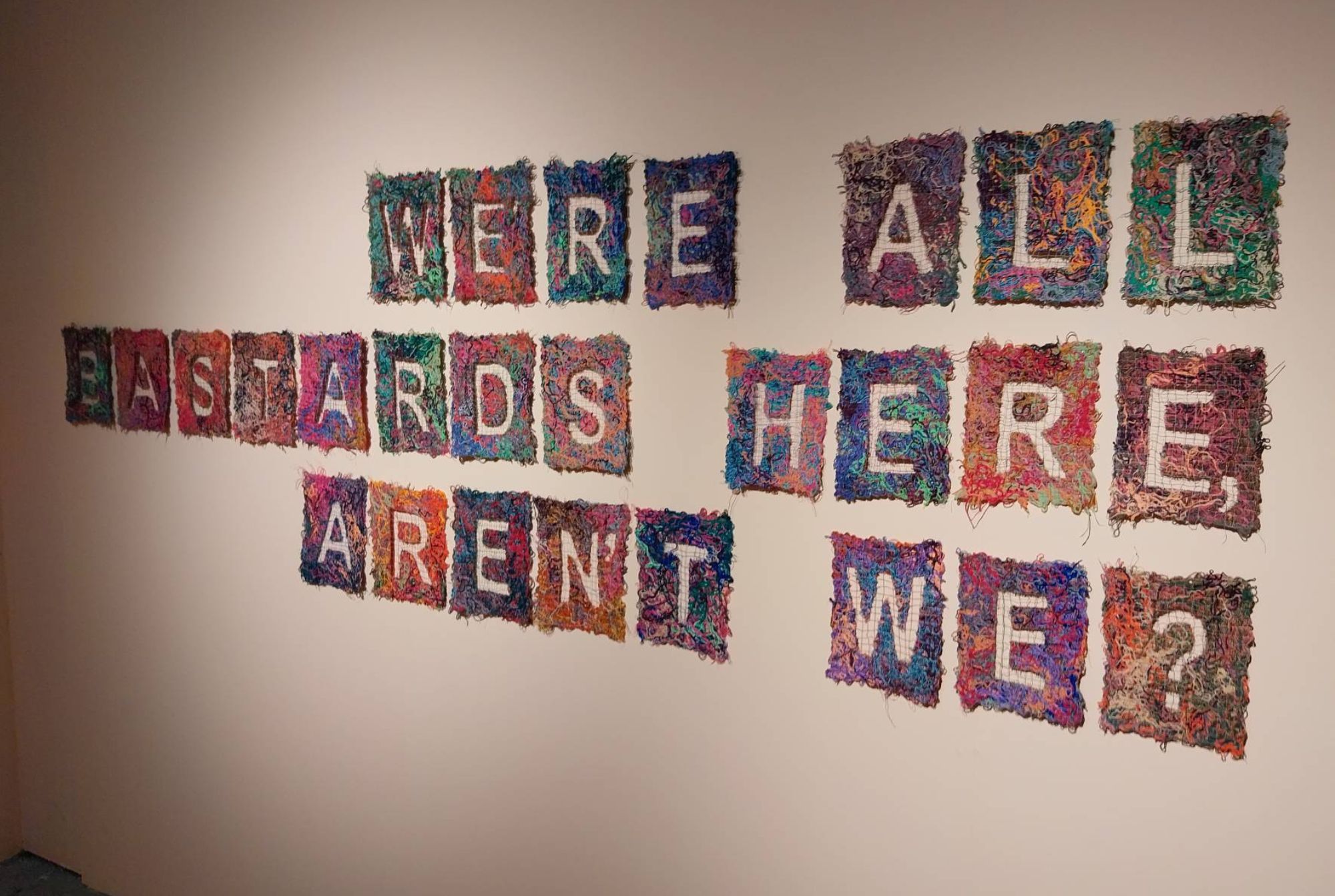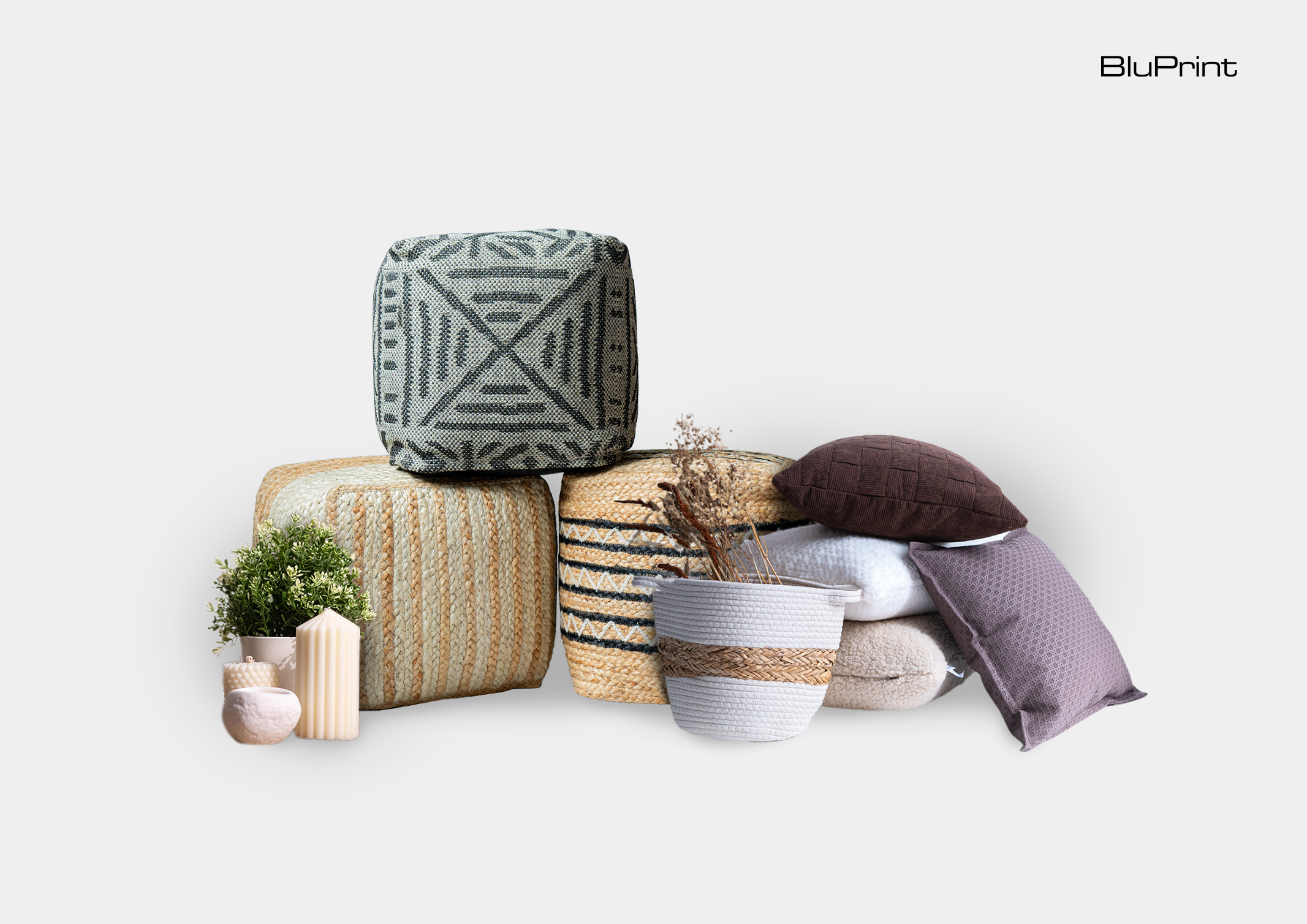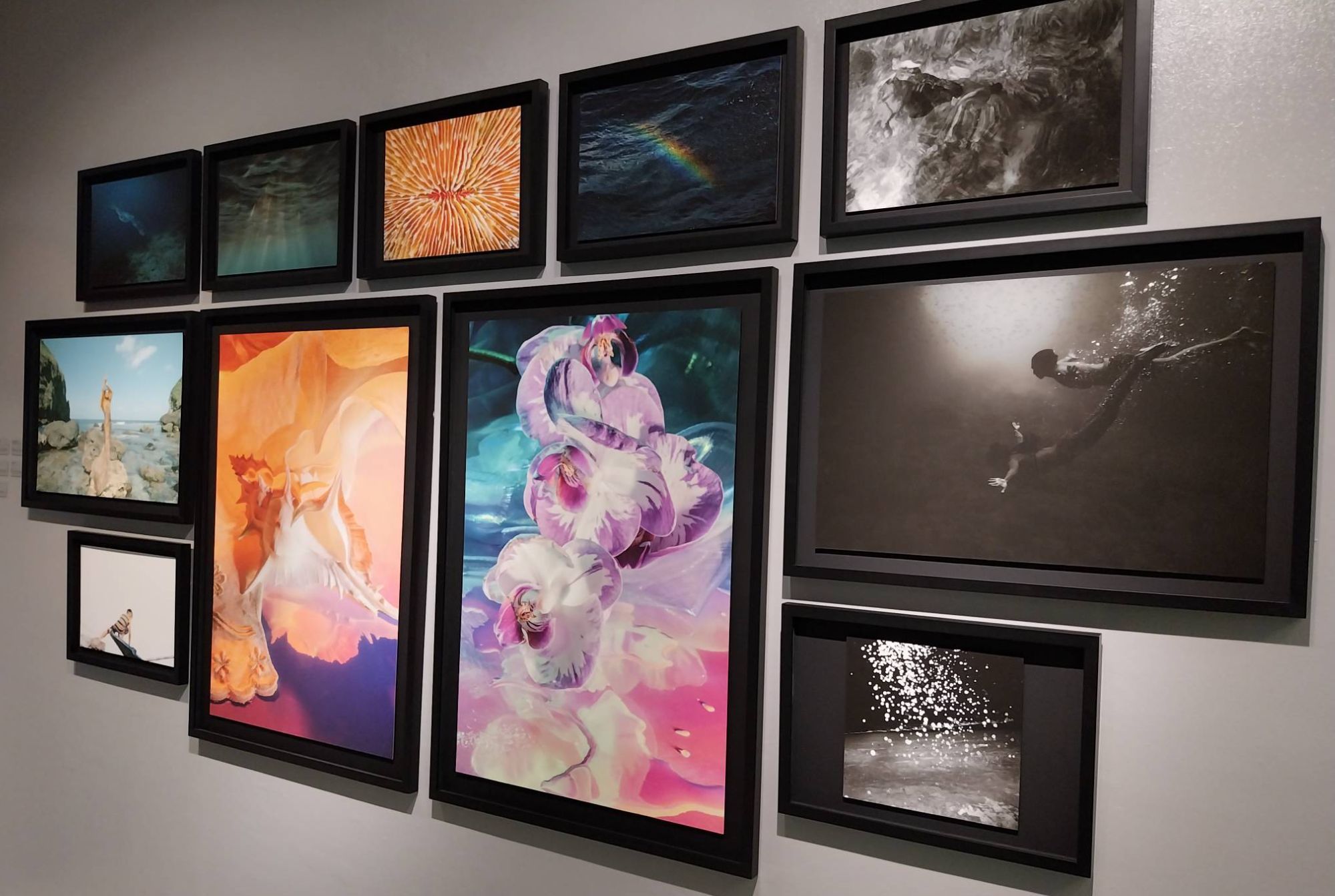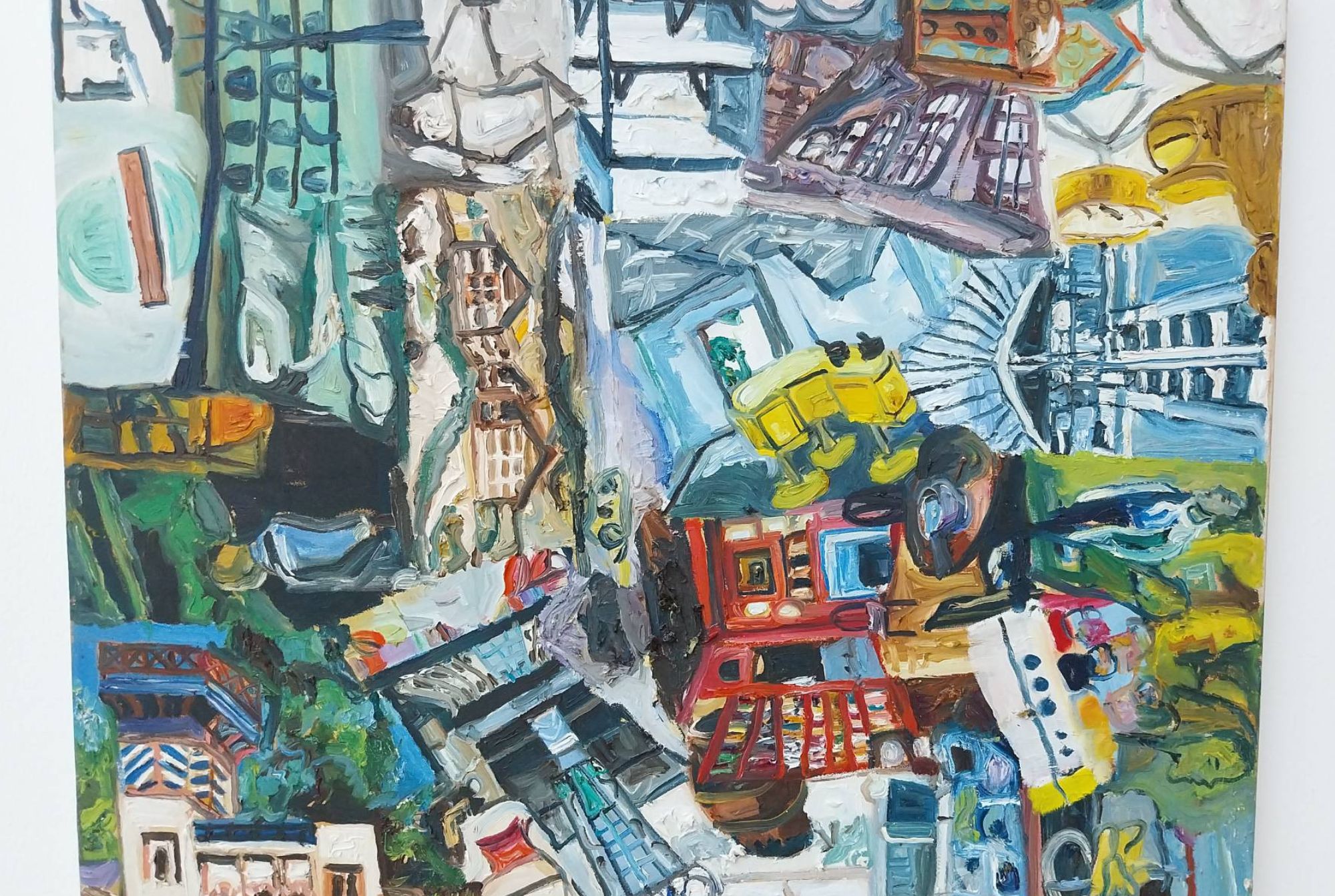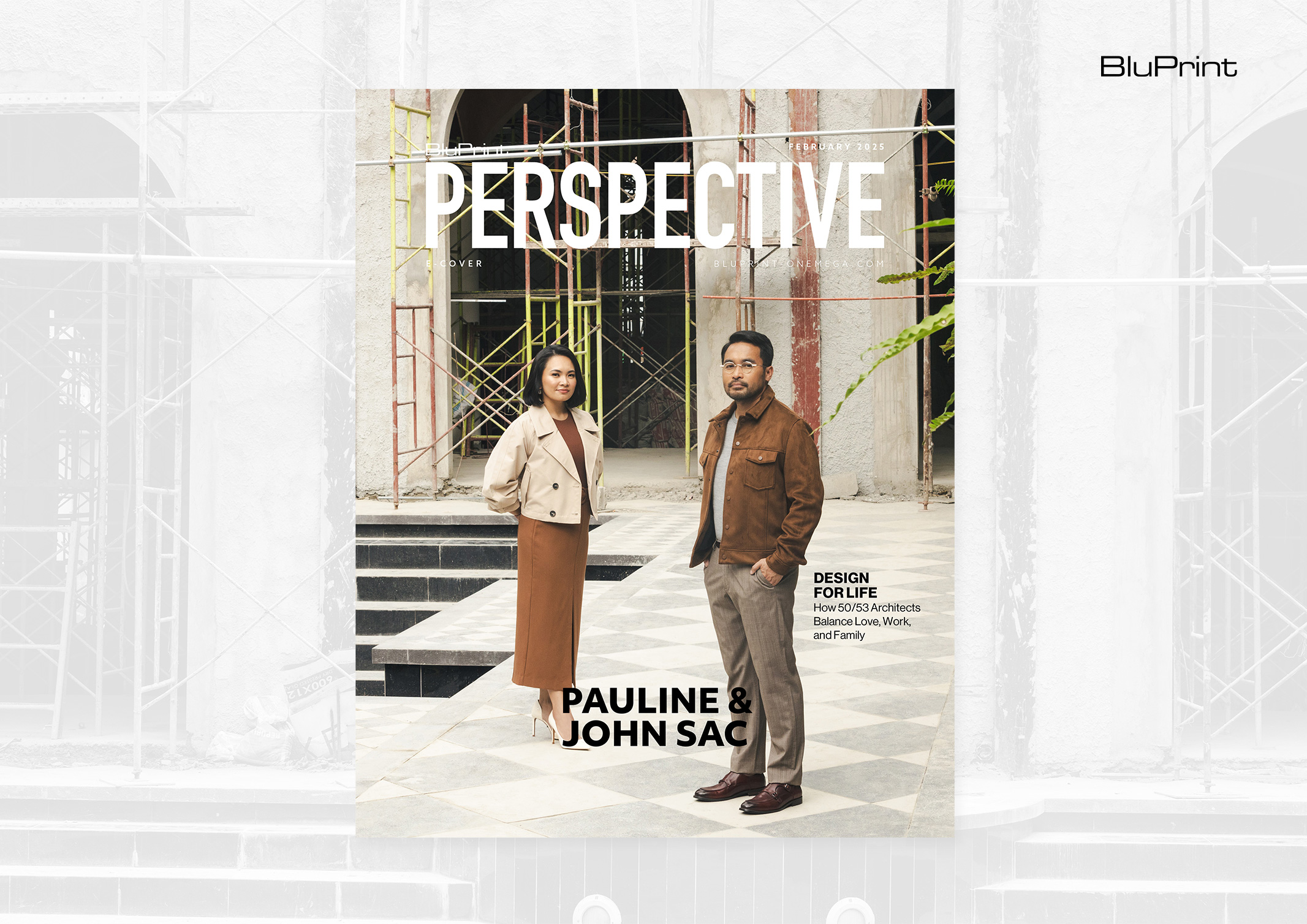How do we use art to comment on our environment? For this month’s art roundup, we’re featuring some art exhibits that explore a sense of place specific to the artist or artists collaborating together. Geography becomes a metaphor for the self, and selfhood reflects itself in the spaces we see. ‘Bruha ng Disyerto: Landscapes of […]
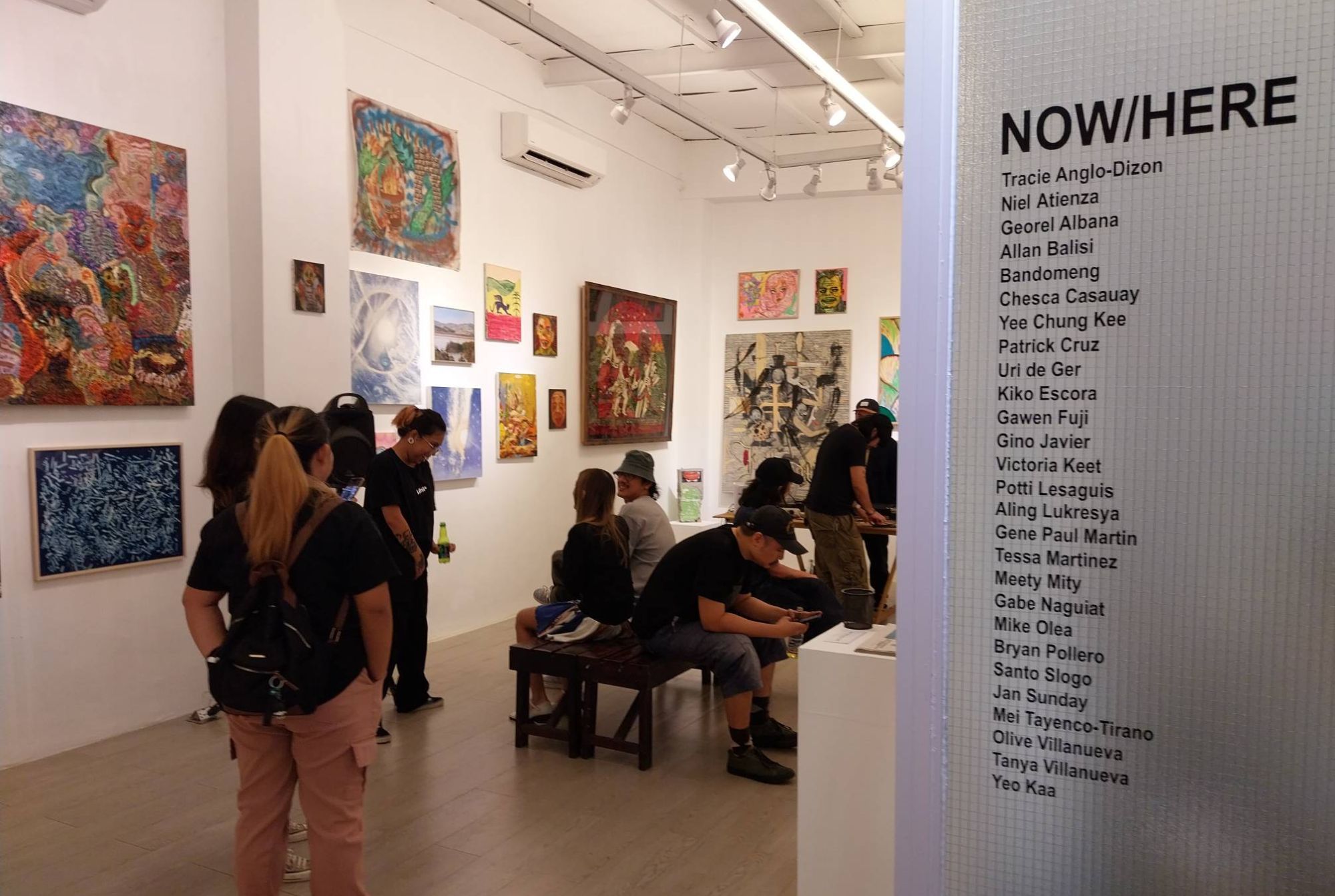
‘Now/Here’ and Illustrating the Strange Contradictions of Philippine Society
Now/Here, also known as Middle of Now/Here, is a group exhibition at Bunso Gallery in San Juan City. It features different artists defining their sense of self in an ever-evolving world. The artworks allow them to characterize their own environment as they see it, these differing angles coming together to orchestrate a picture of our society.

“This exhibition confronts the existential tension of presence—the sense of being everywhere and nowhere at once,” Jan Sunday, one of the contributors for the exhibit, wrote. “Here, time and space collapse, and the self is suspended in a state of uncertainty. Neither fully grounded nor entirely adrift, we occupy the “/” — a symbolic slash that marks the threshold between opposites.”
Un/Familiar Lands
Now/Here, as an exhibition, showcases a mix of styles and personal ideas about society that feels cognizant of the alienation one experiences from society. In the vastness of the Earth, one appears small, mutable, and swept away by the powers-that-be. Some of the artists certainly speak to a specific kind of ennui that comes from existing specifically in this time period.
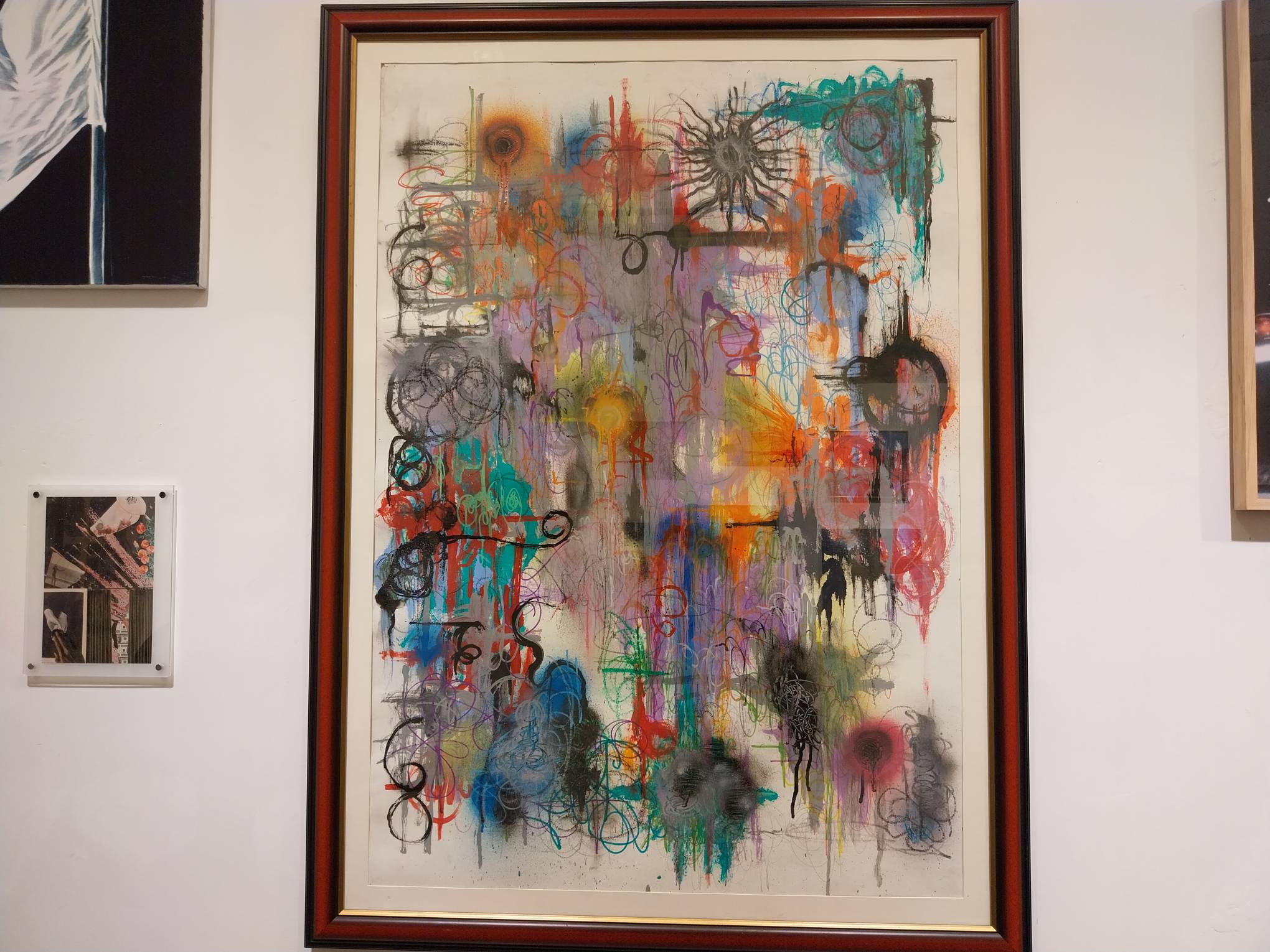
Georel Albaña., for example, utilizes abstraction and graffiti-like textures for “Untitled” and “The Doorman’s Dead Language,” expressing a colorful angst through the curves and swiggles prominently displayed in the painting. At times, it harkens towards arabesque styles with the way the patterns interact with each other.
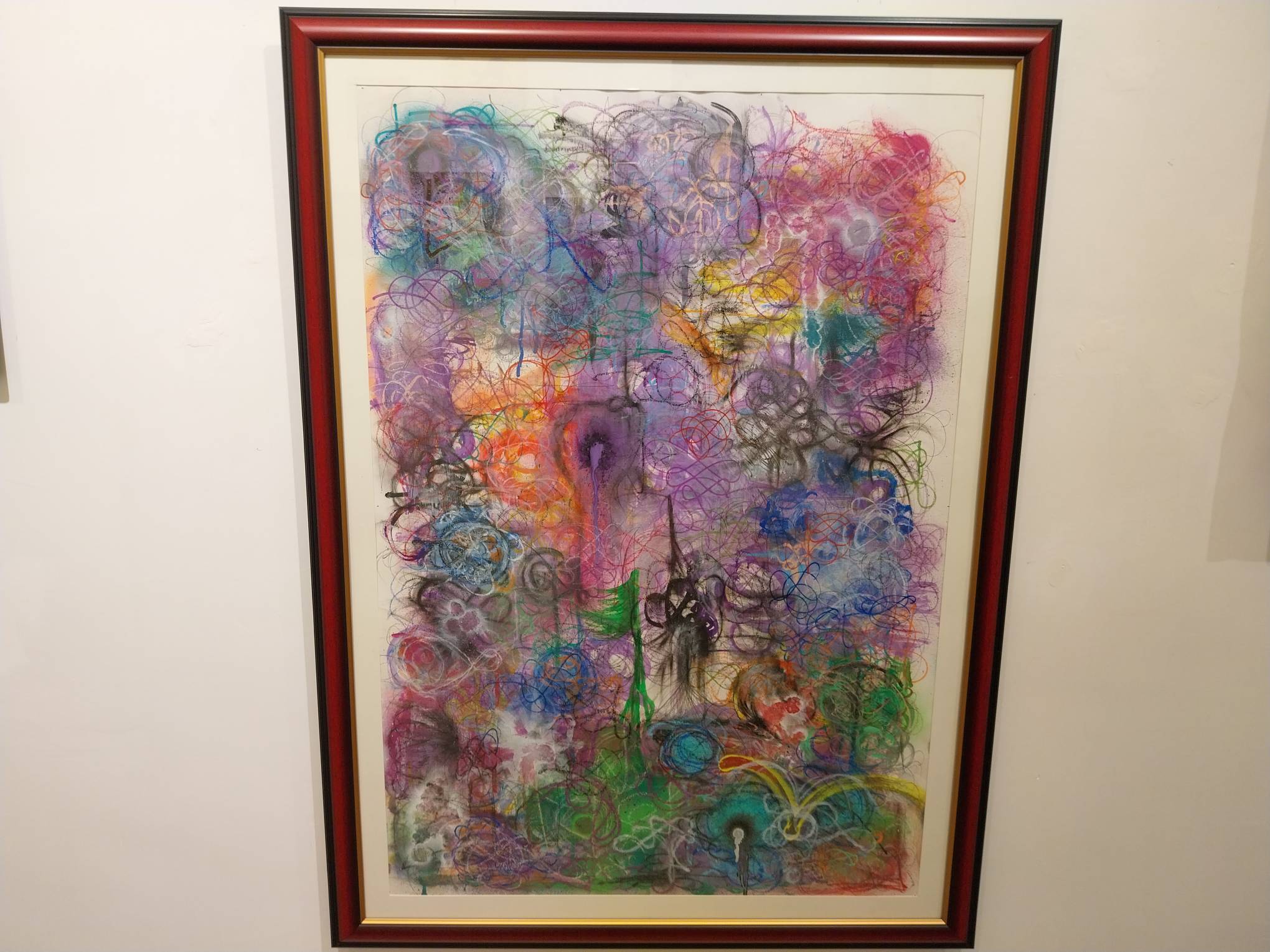
Different artists play with the texture from nature. There’s Aleng Lukresya’s flowery, curving shapes in “To Live Without Self-Delusion,” or Potti Lesaguis’s “Bye bye Butterfly” which finds a shape-like relationship between flowers and butterflies. Neil Atienza contributes two black-and-white paintings of trees and their surroundings, while Gene Paul Martin showcases a bright and fiery explosion of color in “Slow Factory.”
These different artists exude a sense of congenial familiarity with the world around them, allowing for such unorthodox creativity in highlighting these environments. It exemplifies nature as an experience separate from ourselves, one easily dissectable within our minds.
“Playing on the duality of ‘nowhere’ and ‘now here,’ it draws from the conceptual frame of “ILALM / IBABAW” (below /above), positioning us at the liminal divide: the in-between,” Sunday wrote.
The Politics of Being ‘Now/Here’
Most interesting about Now/Here, however, is how it addresses our political climate as an important part of our sense of place. Something as abstract as “politics” tends to be seen as ideals. But in this exhibit, some works imply the idea that the political climate can be as important as the physical climate when pinning down our situational self.
Works like Bandomeng’s “Untitled (Holocaust),” Kiko Escora’s “Ek – Ek Ng Talipandas,” or Gino Javier’s “Mobile Police Outpost” deliberate on the symbolisms that permeate our daily life. Tanya Villanueva even included an open call poster for contributors to a zine about the politics of womanhood, arts, and culture.
Other works seem to function more as subtle criticism of appearances and how ugliness tends to lead to ostracization. Gawen Fuji’s “Tinakot ang Sariling Multo,” Santo Slogo’s multiple stylized portraits, and Jan Sunday’s “Sancta Family” really pierce through that bubble of beauty to question why we assign a moral value to ugliness.
The Dynamics of Being
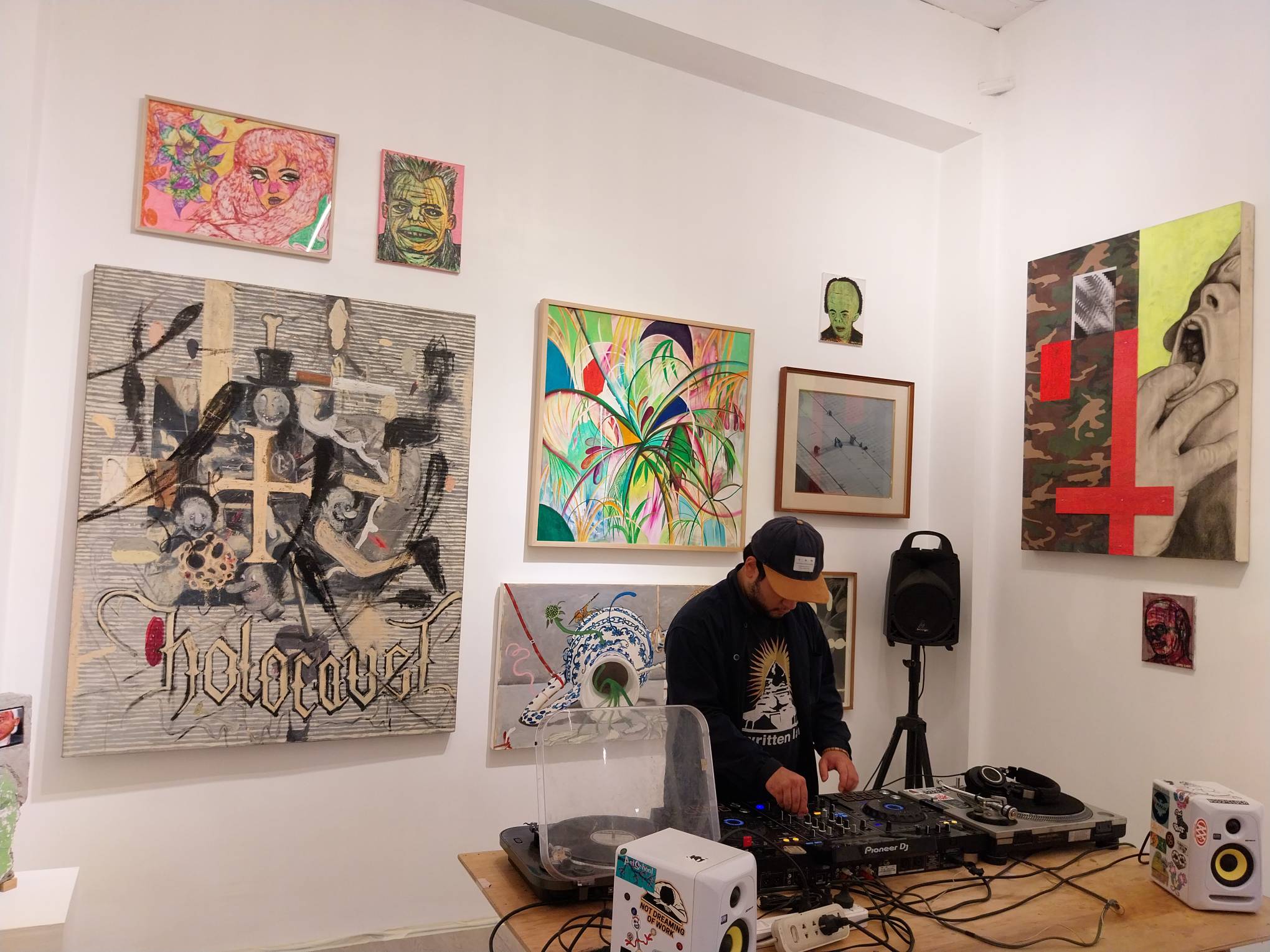
The dynamics being explored, on how politics can in fact be an immutable part of who we are, are interesting. They ponder on how it affects how we define ourselves, pulling on the cords while leaving the answers for its audience to figure out.
Does our environment affect the way that we perceive ourselves, or do we ourselves—our ideas of soul and being—affect our perception of our environment? Now/Here abounds with provocative images and interpretations. And it challenges how we engage with such questions individually—and how that affects our lives as a whole.
Photos by Elle Yap.
Related reading: ‘Pwera Usog’: Finding Freedom from the Hypocrisy of Society

